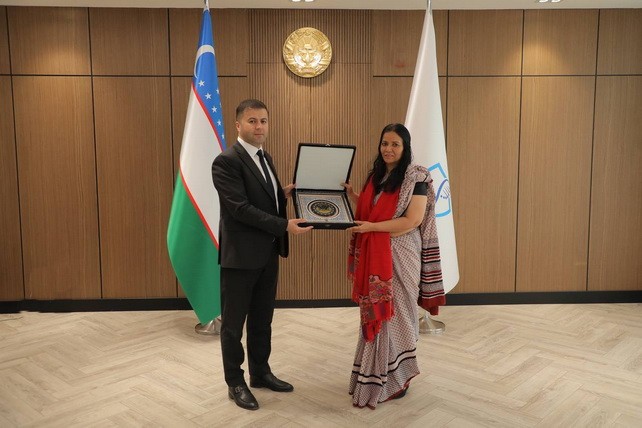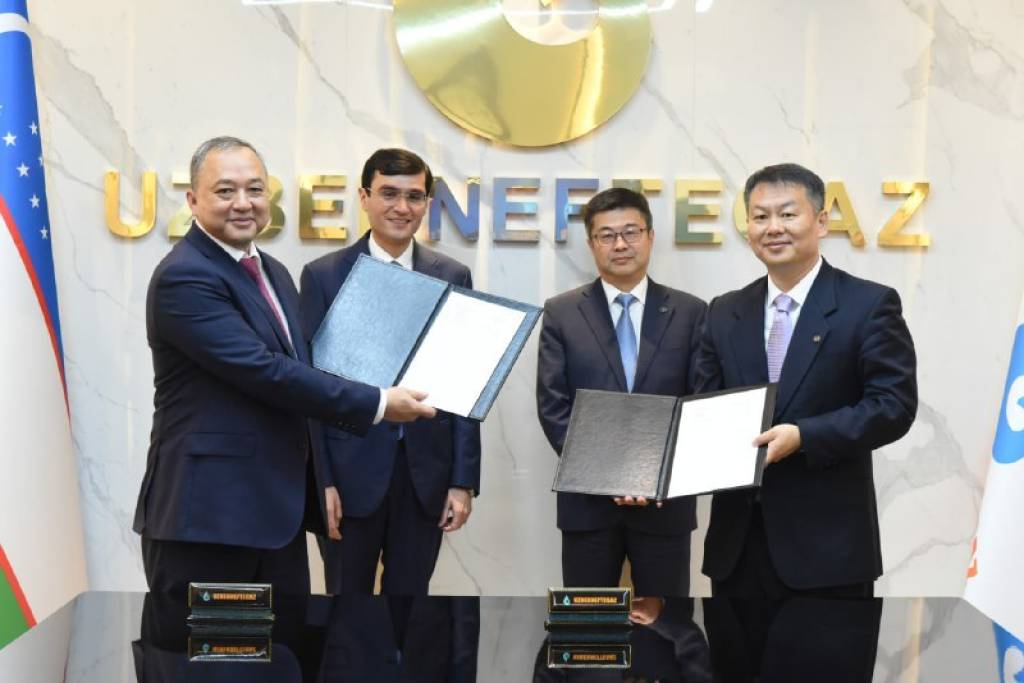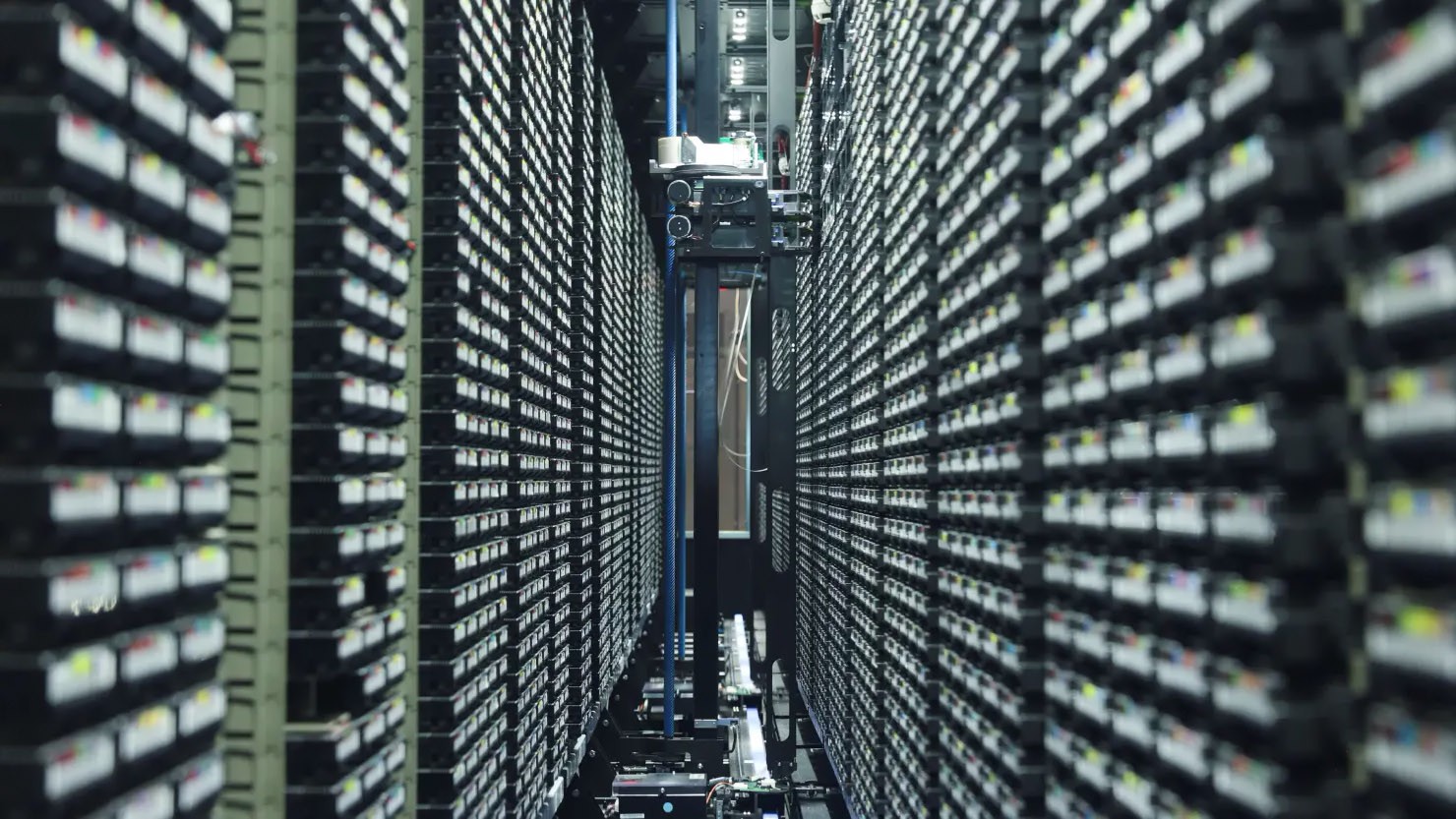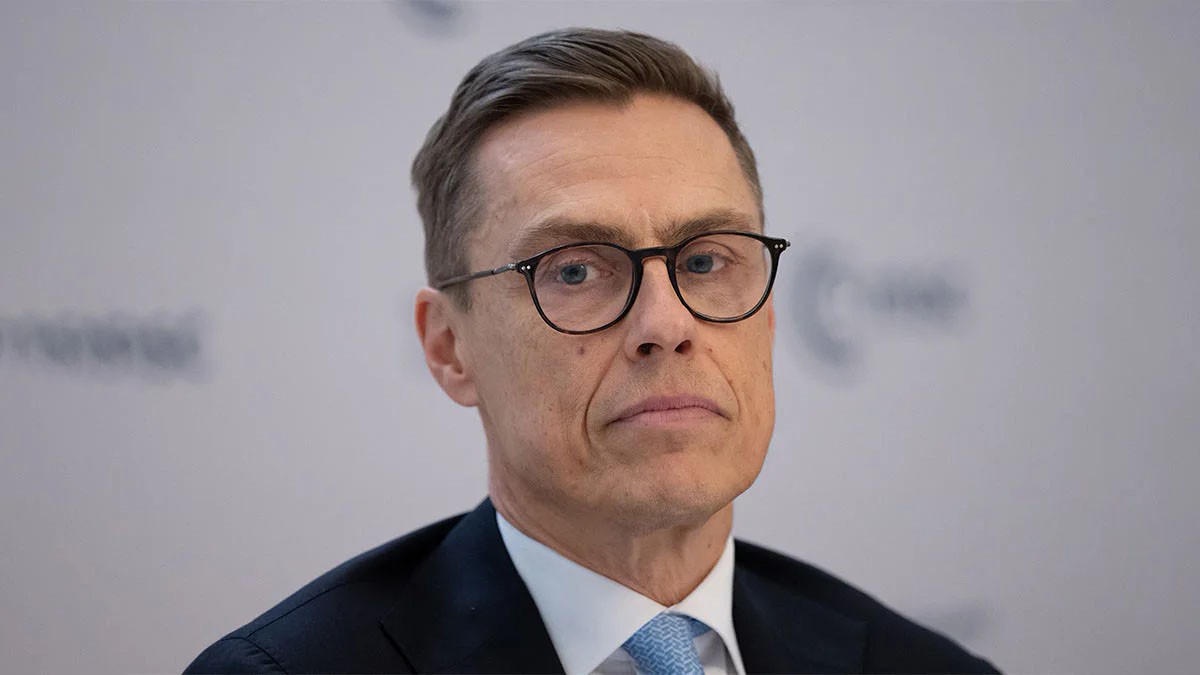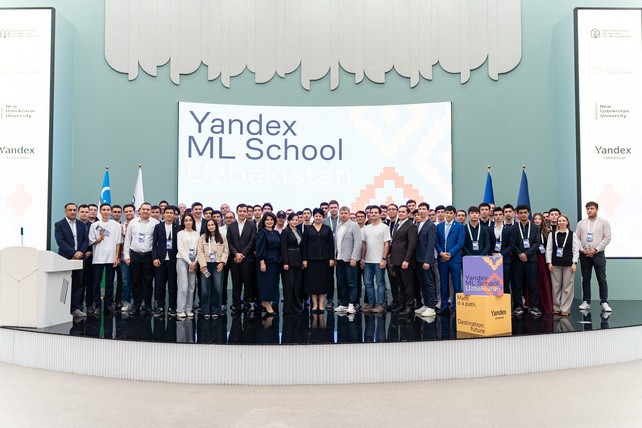In the first half of 2025, the economy of Uzbekistan showed steady dynamics. According to the national statistics, the country's gross domestic product reached 807.9 trillion soums, which is 7.2% more compared to the same period last year. GDP growth was a result of positive dynamics in the basic sectors, primarily in industry and the agro-industrial complex.
The industrial sector has traditionally remained one of the key drivers of economic growth. In January-June, industrial production increased by 6.6%, providing GDP growth of 1.6 percentage points. We are talking about both growth in the processing industry and stabilization of mineral extraction. The expansion of the country's industrial base is accompanied by investments in modernizing equipment, introducing automated production processes and improving the energy efficiency of enterprises.
The agriculture, forestry and fisheries sector also showed positive dynamics-growth at the level of 4%. Although its contribution to the overall GDP structure is more modest (0.6 percentage points), the industry remains of strategic importance for ensuring food security and supporting employment in the regions. Additional growth drivers include the expansion of irrigated land, digitalization of the agricultural sector, and support for farmers through subsidies and infrastructure projects.
The overall structure of GDP is balanced and resilient to external fluctuations. Economic growth is driven by an active domestic investment policy, measures to improve the business climate, and programs aimed at stimulating exports. In the context of ongoing global transformation, the economy of Uzbekistan demonstrates the ability to adapt and develop through internal capacity and institutional reforms.
GDP growth in the first half of 2025 confirms the relevance of the economic strategy focused on industrialization, agricultural modernization and human capital development. The coming quarters will be key for assessing the sustainability of the recorded pace and potential for further expansion of the economy in the context of domestic consumption, foreign trade and innovative development.


